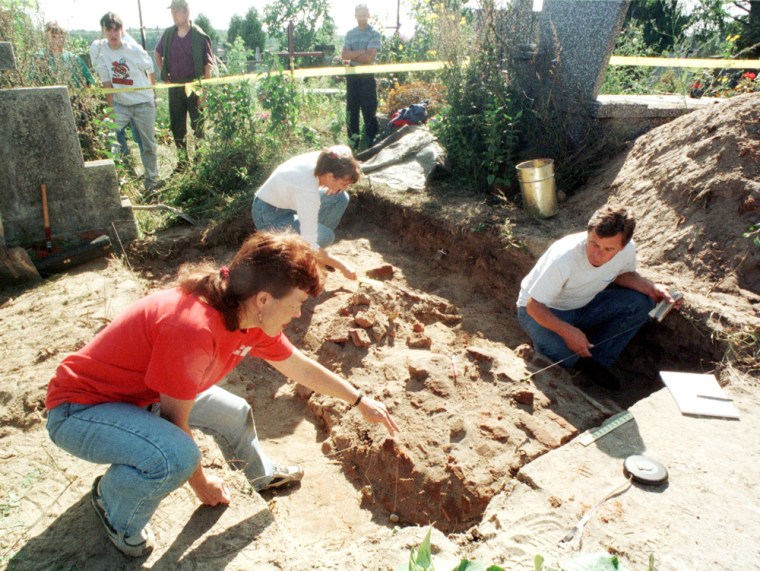DNA tests on bones exhumed from a monument to Brig. Gen. Casimir Pulaski failed to prove the remains are those of the Revolutionary War hero killed in a 1779 battle to retake Savannah from the British.
But a draft report on the investigation into Pulaski’s disputed burial says historical records and skeletal injuries make a case that the remains are those of the Polish nobleman.
“While the strong circumstantial evidence does suggest that the remains are Casimir Pulaski, the inability to obtain a DNA match leads to no viable conclusion,” says the report obtained by The Associated Press.
Dr. James C. Metts Jr., the Chatham County coroner, hoped DNA testing of the remains exhumed in 1996 would settle the question of whether Pulaski was buried at sea or placed in an unmarked grave.
Debate divides historians
The debate has divided historians since the bones were removed from the grave at a ruined plantation and moved in 1854 to Savannah’s Monterey Square, where the 54-foot Pulaski monument was erected a year later.
“To our great frustration, we were unable to solve the mystery,” said Chuck Powell, administrator of the investigative committee led by Metts. “The final report, other than giving more complete information, will probably not change in its conclusions.”
Metts submitted the draft to Savannah officials in November. The city released the findings after the AP requested a copy last week.
Father of the American cavalry
Known as the father of the American cavalry, Pulaski came to America in 1777. He was mortally wounded during the October 1779 siege of Savannah.
Examinations of the skull and bones seemed to match what’s known of Pulaski’s age, height and facial features. A healed fracture to the right hand fits an injury Pulaski once described in a letter. A bone tumor on the forehead fits a wound he suffered fighting the Russians in Poland.
But without more solid proof, it’s difficult to debunk Pulaski’s burial at sea. Two officers who served under Pulaski wrote accounts of his watery grave. One of them, his aide-de-camp, said he witnessed the burial.
Investigators had hoped to match DNA from the bones to two of Pulaski’s deceased relatives in Poland. In one case, the test was inconclusive. In the other, the woman’s remains failed to yield enough DNA to examine.
